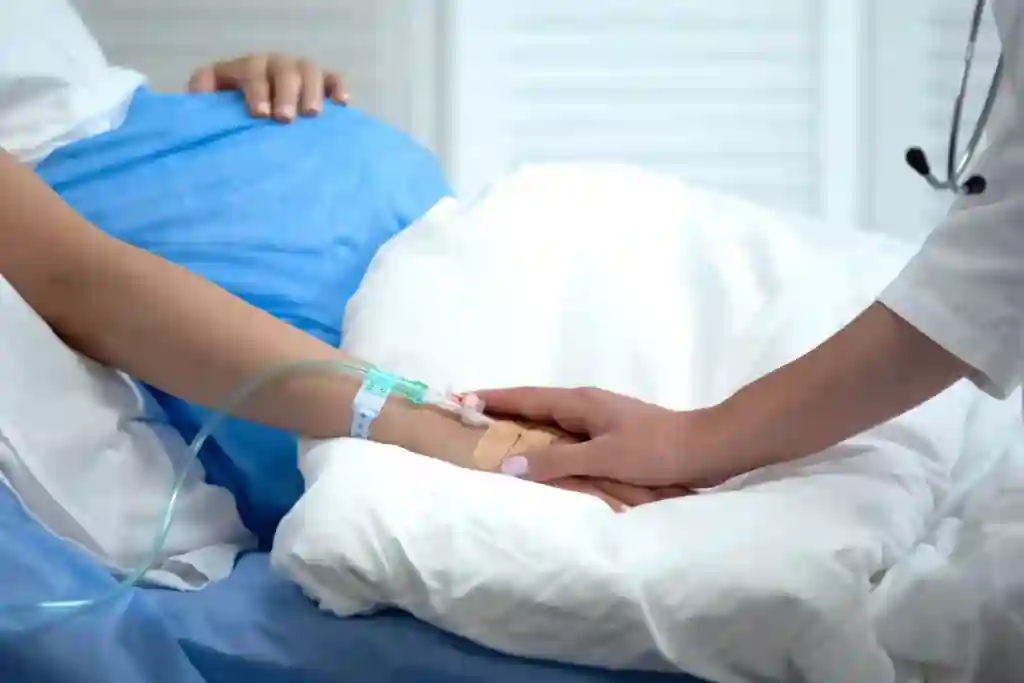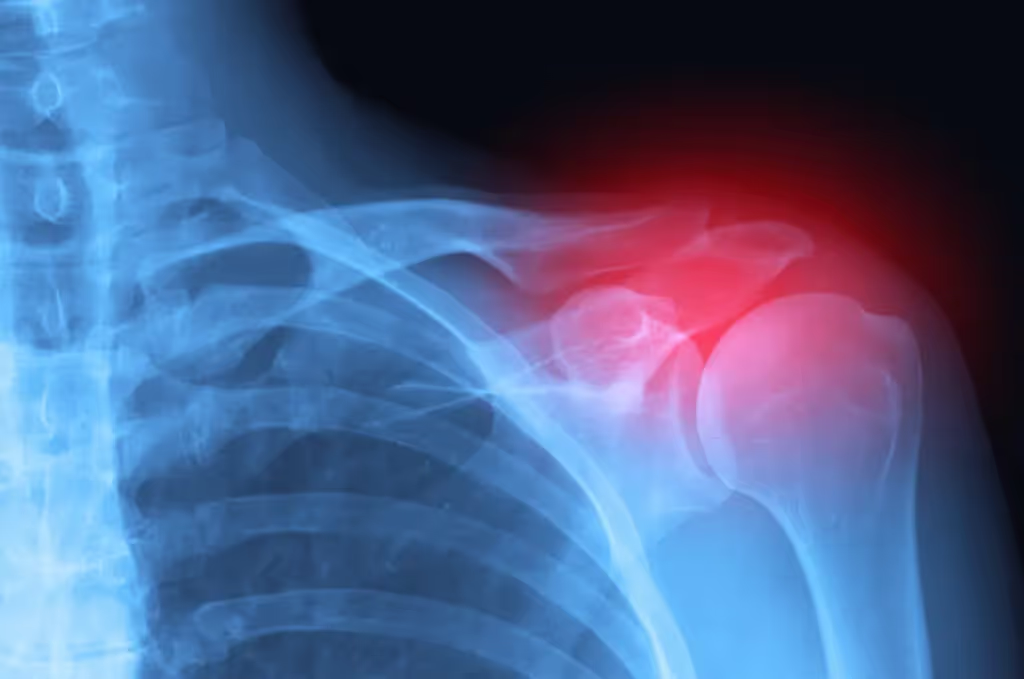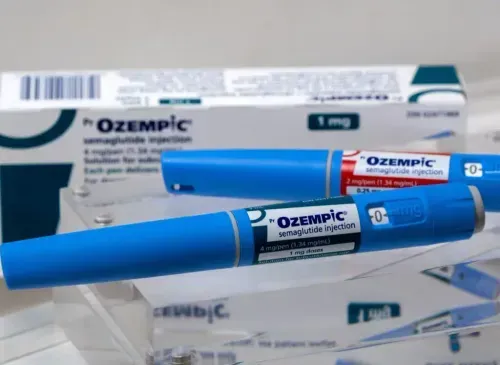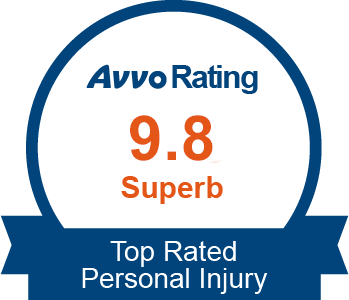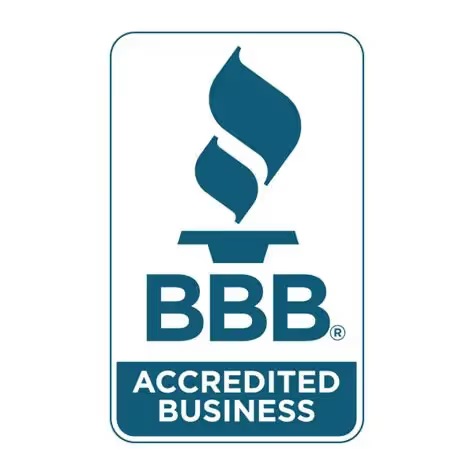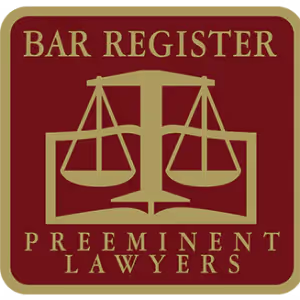Global Compliance Requirements Pick Up Where The FDA Leaves Off
In 2019, new global compliance requirements took effect that added risk management to every element of a medical device manufacturer’s quality assessment systems according to ISO 13485. The International Organization for Standardization’s guidelines are used worldwide as a uniform set of standards governing the use of many manufacturing industries, including the making of medical devices.
ISO 13485 was updated to incorporate the latest technological advances as well as regulatory mandates and quality management obligations. The upgrades to ISO 13485 will require medical device manufacturers to incorporate risk-management best practices into every aspect of the manufacturing process as well as the overall supply chain.
While adherence to ISO compliance regulations is voluntary, compliance with FDA and European manufacturing regulations is not. More stringent requirements imposed by amended FDA regulations focus on device companies showing that their new product not only is safe for use by patients, but can efficiently treat the condition for which the manufacturer designed the product.
One challenge to this move is that some device manufacturers maintain antiquated systems that make it more difficult to expose their documentation to public oversight. There is a growing need to increase the visibility of documents, results of clinical trials, and follow-up analyses, and companies will need to invest in newer technologies so that they can comply with regulatory mandates.
Whether the new regulations will make medical devices safer and help patients combat the physical ailments from which they suffer remains to be seen, but it would appear to at least be a step in the right direction.


